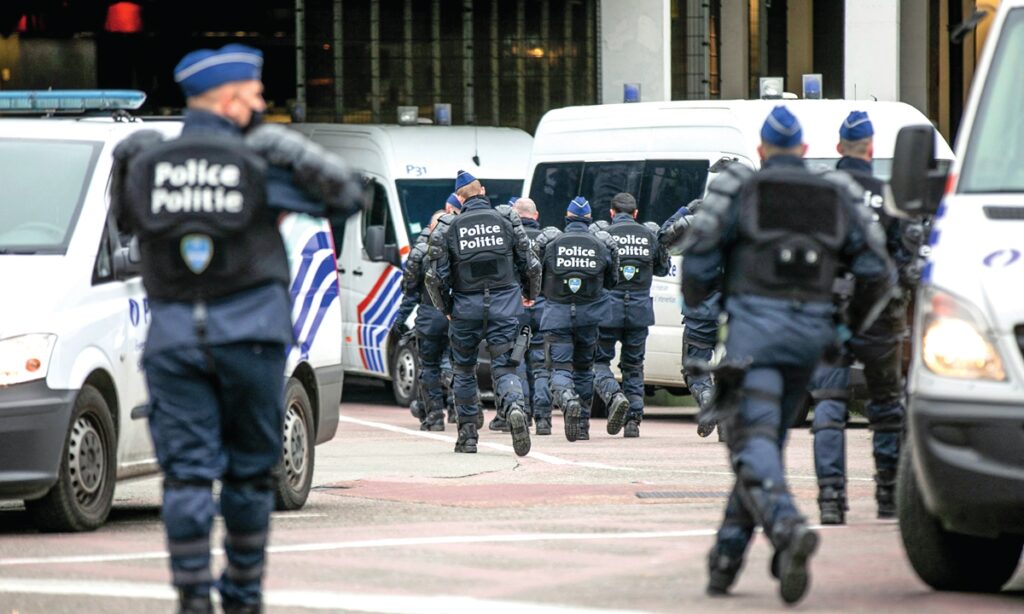Lifted restrictions, dominant BA.2 subvariant contribute to increase
COVID-19 is again surging in Western Europe due to a “perfect storm” of governments lifting restrictions, waning immunity and the more contagious BA.2 Omicron subvariant, experts said Monday.
After more than a month of falling cases across much of the continent, countries such as Britain, France, Germany and Italy have all seen a dramatic resurgence of infections in recent days.
In France, cases have risen by more than a third in the week since the government ended most COVID-19 restrictions on March 14.
In Germany, despite a new daily record of nearly 300,000 infections on Friday, the government let national legislation enabling coronavirus restrictions expire over the weekend.
Most German states, which have considerable leeway on applying measures, have however maintained the restrictions.
In Italy, the government announced on Thursday it would phase out almost all restrictions by May 1 despite rising cases.
And in Britain, where one in 20 people are currently infected, the government removed the last of its international travel restrictions on Friday.
Faced with its own surging cases, Austria announced on the weekend it would reimpose rules requiring FFP2 face masks – just weeks after lifting the measure.
While some have blamed governments for relaxing COVID-19 restrictions too quickly, epidemiologists also pointed the finger at the BA.2 sub-lineage of the Omicron variant which has become dominant in many countries.
Sometimes called “stealth Omicron” because it is more difficult to detect, BA.2 is estimated to be about 30 percent more contagious than its predecessor BA.1.
Lawrence Young, a virologist at Britain’s University of Warwick, said the rising cases in Europe were due to a combination – “a perfect storm” – of three factors: the lifting of restrictions, waning immunity after vaccination and BA.2.
Antoine Flahault, director of the Institute of Global Health at the University of Geneva said there were “a couple of hypotheses on the table, which are not mutually exclusive.”
He said that BA.2 was “clearly a relevant suspect in explaining the current rebound,” also mentioning waning immunity and the easing of measures.
He also pointed to air pollution in Western Europe during the infection resurgence, referring to research that showed “strong correlation” between COVID-19 outbreaks and high levels of fine particulate matter in the air.
Simon Clarke, cellular microbiology professor at the University of Reading, said that despite soaring cases in Britain, “concern about the virus among the public seems to be at an all-time low since the start of the pandemic.”
Police attempt to contain the protests organized by the alliance Europeans United against the measures imposed by the governments in Belgium and other European countries to fight the COVID-19 on January 23, 2022 in Brussels. Recently in Belgium, the number of people getting infected with the Omicron variant have been peaking, setting new records every day. Photo: AFP




